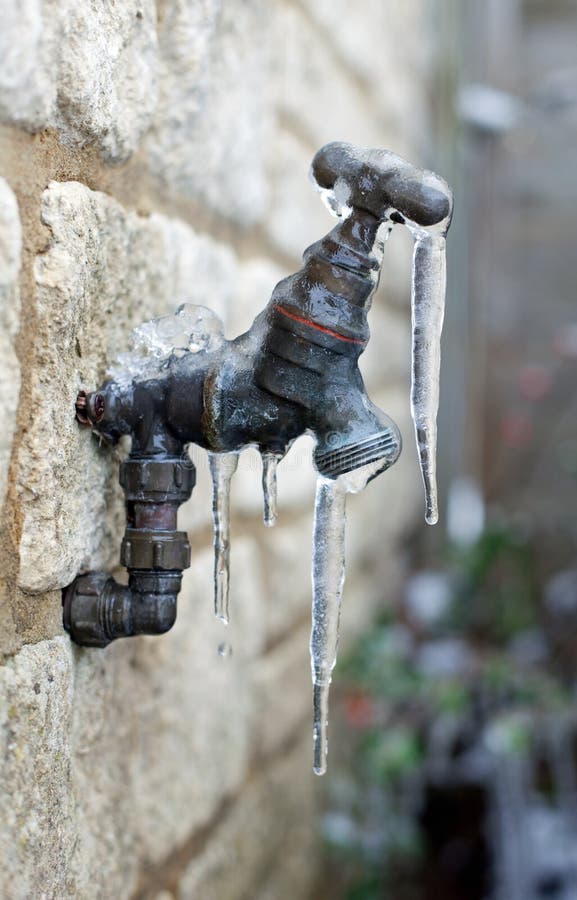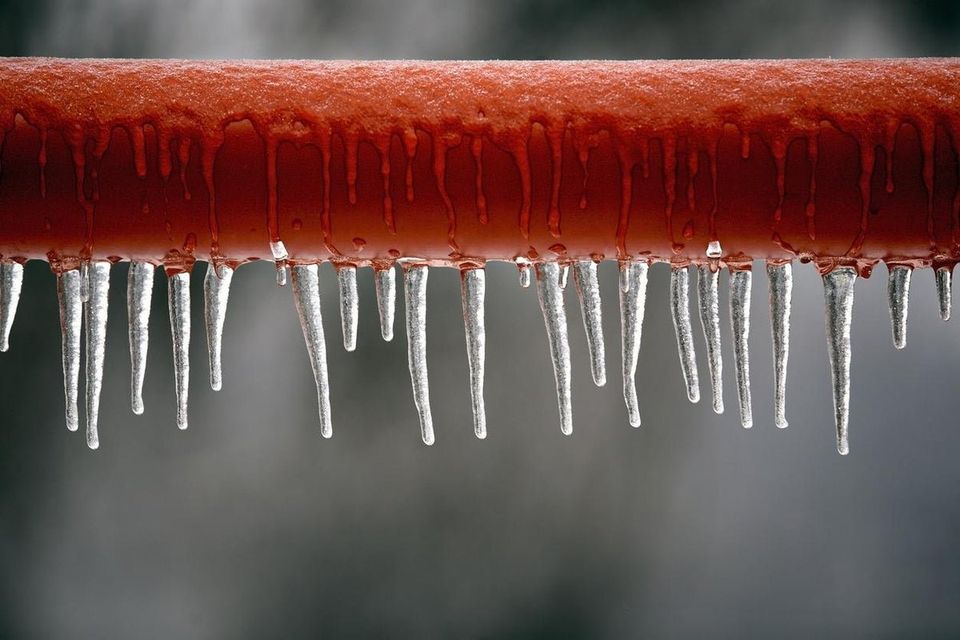Avoiding Frozen Pipes: Top Methods for Winter
Avoiding Frozen Pipes: Top Methods for Winter
Blog Article
We've noticed the article on How to prepare your home plumbing for winter weather listed below on the web and concluded it made perfect sense to relate it with you on this site.

Cold weather can damage your plumbing, especially by freezing pipes. Right here's just how to avoid it from taking place and what to do if it does.
Introduction
As temperature levels drop, the danger of icy pipes boosts, possibly leading to expensive fixings and water damage. Understanding exactly how to stop icy pipelines is essential for house owners in chilly environments.
Avoidance Tips
Protecting vulnerable pipes
Cover pipes in insulation sleeves or make use of warmth tape to shield them from freezing temperatures. Focus on pipelines in unheated or external areas of the home.
Home heating techniques
Keep interior areas properly warmed, especially locations with plumbing. Open up cabinet doors to enable warm air to circulate around pipes under sinks.
Just how to identify frozen pipelines
Look for lowered water flow from taps, unusual smells or noises from pipes, and noticeable frost on subjected pipelines.
Long-Term Solutions
Structural modifications
Consider rerouting pipes far from outside wall surfaces or unheated areas. Add additional insulation to attic rooms, cellars, and crawl spaces.
Upgrading insulation
Purchase top quality insulation for pipes, attics, and walls. Appropriate insulation assists preserve constant temperature levels and lowers the threat of icy pipes.
Securing Outside Plumbing
Garden tubes and exterior faucets
Disconnect and drain pipes yard hoses before winter months. Mount frost-proof spigots or cover outside faucets with shielded caps.
Understanding Icy Pipelines
What causes pipelines to freeze?
Pipes ice up when subjected to temperature levels below 32 ° F (0 ° C) for prolonged durations. As water inside the pipes freezes, it increases, putting pressure on the pipeline walls and possibly causing them to rupture.
Threats and problems
Icy pipelines can lead to water system interruptions, residential or commercial property damage, and expensive repair work. Burst pipelines can flooding homes and trigger substantial structural damage.
Indicators of Frozen Piping
Determining frozen pipelines early can avoid them from rupturing.
What to Do If Your Pipelines Freeze
Immediate activities to take
If you think icy pipes, maintain faucets open to soothe pressure as the ice thaws. Use a hairdryer or towels taken in hot water to thaw pipelines gradually.
Final thought
Protecting against frozen pipelines calls for proactive steps and fast feedbacks. By understanding the reasons, indicators, and preventive measures, property owners can secure their pipes throughout winter.
6 Proven Ways to Prevent Frozen Pipes and Protect Your Home
Disconnect and Drain Garden Hoses
Before winter arrives, start by disconnecting your garden hoses and draining any remaining water. Close the shut-off valves that supply outdoor hose bibs and leave the outdoor faucet open to allow any residual water to drain. For extra protection, consider using faucet covers throughout the colder months. It’s also important to drain water from any sprinkler supply lines following the manufacturer’s directions.
Insulate Exposed Pipes
Insulating your pipes is an effective way to prevent freezing. Pipe insulation is readily available at home improvement stores and is relatively inexpensive. Pay close attention to pipes in unheated areas such as the attic, basement, crawl spaces, or garage. Apply foam insulation generously to create a buffer against the cold. You can also wrap your pipes in heat tape or thermostat-controlled heat cables for added warmth.
Seal Air Leaks
Inspect your home for any cracks or openings that could let in cold air. Seal any holes around the piping in interior or exterior walls, as well as the sill plates where your home rests on its foundation. Additionally, make sure to keep your garage door closed unless you’re entering or exiting. Leaving it open creates a significant air leak that can lead to frozen pipes.
Allow Warm Air Circulation
During cold snaps, it’s essential to allow warm air to circulate evenly throughout your home. Leave interior doors ajar to promote better airflow. Open kitchen and bathroom cabinets to help distribute heat consistently around the rooms. If you have small children or pets, be sure to remove any household chemicals or potentially harmful cleaners from open cabinets for safety.
Let Faucets Drip
A small trickle of water can make a big difference in preventing ice formation inside your pipes. When temperatures drop significantly, start a drip of water from all faucets served by exposed pipes. This continuous flow helps prevent the water from freezing. Additionally, running a few faucets slightly can relieve pressure inside the pipes, reducing the chances of a rupture if the water inside does freeze.
https://choateshvac.com/6-proven-ways-to-prevent-frozen-pipes-and-protect-your-home/

I stumbled upon that blog posting about How to Prevent Your Pipes From Freezing while browsing the internet. Do you know another individual who is fascinated by the topic? Take a moment to share it. Thanks so much for taking the time to read it.
Click Here To Read More Report this page